The Korean version of Squid Game has ended its run on Netflix after three seasons. But that’s not the end for the franchise: Squid Game has blossomed into an entire multimedia franchise, with the Korean TV series already having been adapted into a hit reality series (Squid Game: The Challenge). There are also real-life Squid Game interactive events and video games on the way, and Netflix is currently developing an American remake of Squid Game, which is being overseen by Oscar-winning director David Fincher (The Game, Se7en, Fight Club).
Videos by ComicBook.com
The title “Squid Game” reflects the Korean cultural touches embedded in the series; it’s logical to expect the US version to follow suit, meaning Fincher and co. need to highlight childhood games and shared cultural touchstones that are uniquely American. To achieve that goal, we’ve a list of childhood games that are part of most American childhoods, which could be spun into some twisted live-or-death challenges in the Squid Game remake.
7) Dodgeball

Every kid remembers the class tension of having to stand on line and face their fellow students and/or campers in a game of dodgeball. The vicious and predatory nature of the game allowed kids to burn off excess energy and anger, with adults more often than not using it to work out group tensions and settle grievances. That’s all to say: dodgeball is as much a psychological challenge as it is a physical one: a combination of qualities that make it perfect for Squid Game.
RULES: Two teams are split into two zones, divided by a central line. Players must throw balls at the opposing team’s zone, hoping to make contact with opposing players through bonces or direct hits. If a player is hit by the ball, they are eliminated; if they catch the ball before it bounces, the player who threw it is eliminated. The game is played until one team is eliminated entirely.
There could be any number of ways to make dodgeball lethal: players trying to knock each other off some kind of platform; turning the balls into some kind of lethal weapons, etc. The combination of team strategy and individual performance would make for a very thrilling and dramatic episode, as would the defensive moves in the game (catching, deflecting) that can cause fortunes to suddenly shift on a dime. If a beloved comedy movie can be mined from this game, a great episode of Squid Game should be easy.
6) Four Square

Four Square is actually a game with a long global history, dating as far back as the 12th century in France. However, American kids (particularly city kids) grew up with Four Square being a regular go-to game, as all it required was chalk, a bouncing ball, the street, and at least four players. It’s a game that, in many ways, can be seen as a metaphor for the socio-economic experience of living in urban America.
RULES: A large square is divided into four smaller squares (numbered 1-4), with each player occupying a square. The game objective is simple: bounce the ball into another player’s square, while that player must then bounce it into another’s square, before the ball bounces more than once in theirs. If a player misses the ball or allows too many bounces, they’re out, and their square is filled by a player moving up from the lower numbers, or a new player entering at square no. 1.
It’s easy to see how Four Square would be a great choice for Squid Game. The game would force players to specifically target other players, bringing all underlying tensions and deceptions to the surface. It could be the equivalent of the original show’s “marble game” episode, as groups of players who thought they were close must make hard choices about who (if anyone) they’re really loyal to, with betrayals popping off everywhere.
5) Hopscotch
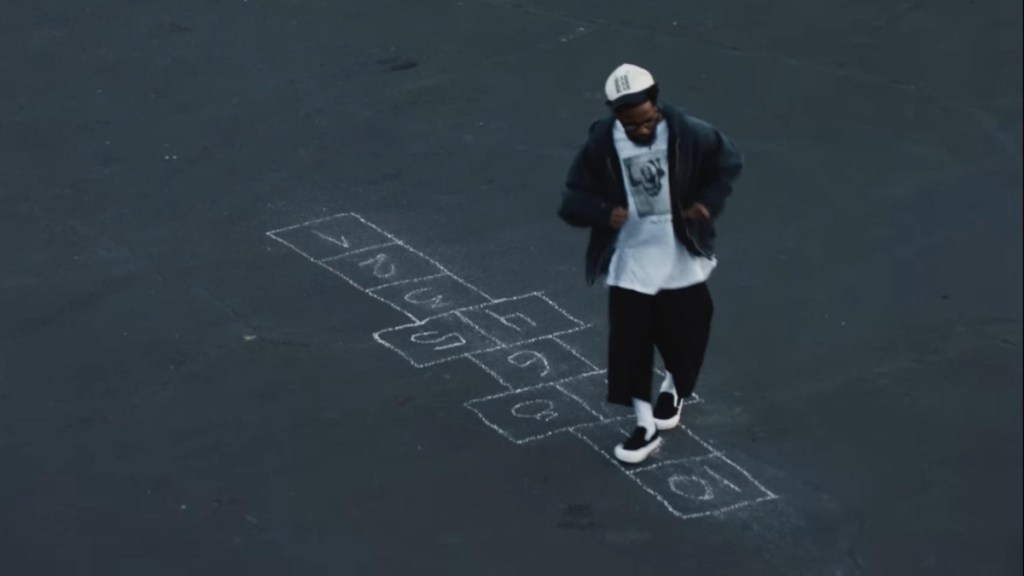
This one could be the closest tie between the original Squid Game and the US version. In Episode 7, “VIPs”, the original show introduced one of its most frightening games: a giant glass bridge peppered with a combination of breakable and unbreakable glass platforms. Well, that concept is easy to re-fit into a version of Hopscotch for the US remake.
RULES: Players toss a marker onto a numbered grid. They then must retrieve the marker by hopping through the grid and placing their feet (one or two at a time) in each set of squares on the grid without touching lines or losing balance. A player must retrieve their marker on the return trip from the end of the grid, back to the starting point.
The Squid Game version of hopscotch would turn the game of tossing out a marker (or “lagger”) and hopping through numbered blocks into a life-or-death gamble. Some squares would hide brutal traps for those who aren’t nimble and quick-footed enough, transforming hopscotch into a chilling pathway of doom.
4) Seesaw
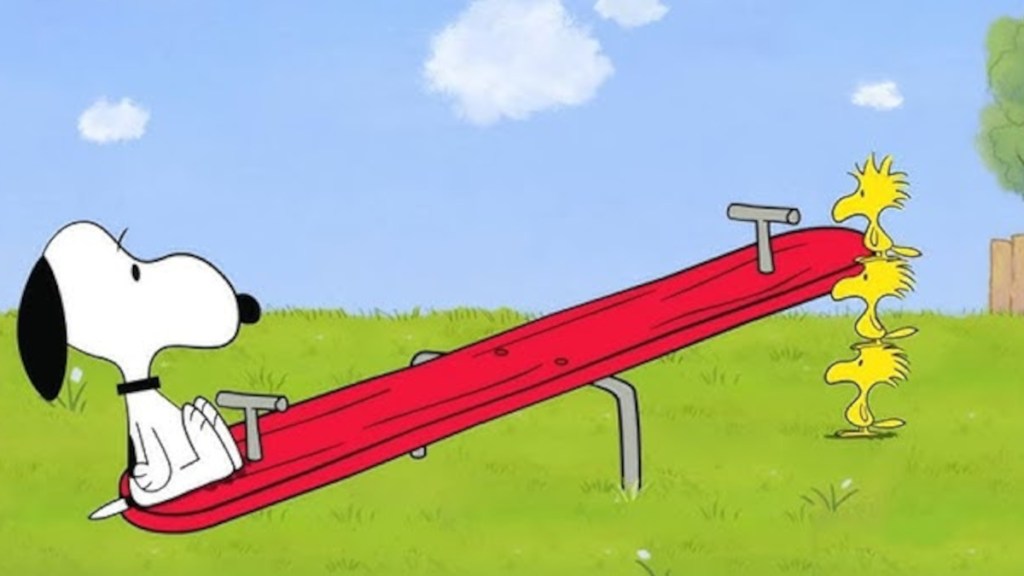
Squid Game had a key motif where democracy was put to the test, letting the players cast pivotal votes in or before each game. The US version of Squid Game certainly needs to examine the state of democracy (vs ideas like capitalism and autocracy), and Seesaw would be the perfect metaphor for doing that, while dealing a game-changing blow to the players.
RULES: Seesaw is a board balanced on a beam or wedge. Riders sit on each end of the beam and use the weight balance to thrust one person into the air, while the other is lowered to the ground in order to load their legs for the next jump.
The Squid Game version is easty to envision: all of the players are positioned in the middle of a giant seesaw, but the safety points are gradually taken away, as they are all forced to choose one side of the seesaw or the other – with each side only able to fit about 75% of players, whose combined weight lowers them down to safety, leaving the other 25% raised in the air, where some horrible device (giant pendulum blade or fan?) will slaughter them.
The kicker? Most of the “game” would be a congressional-style debate between the players about standing on one side of the seesaw or the other, forcing them to group themselves based on any number of personal, political, or spiritual factors. A simple playground ride would suddenly become a deep metaphor for the current division in American society.
3) Uno
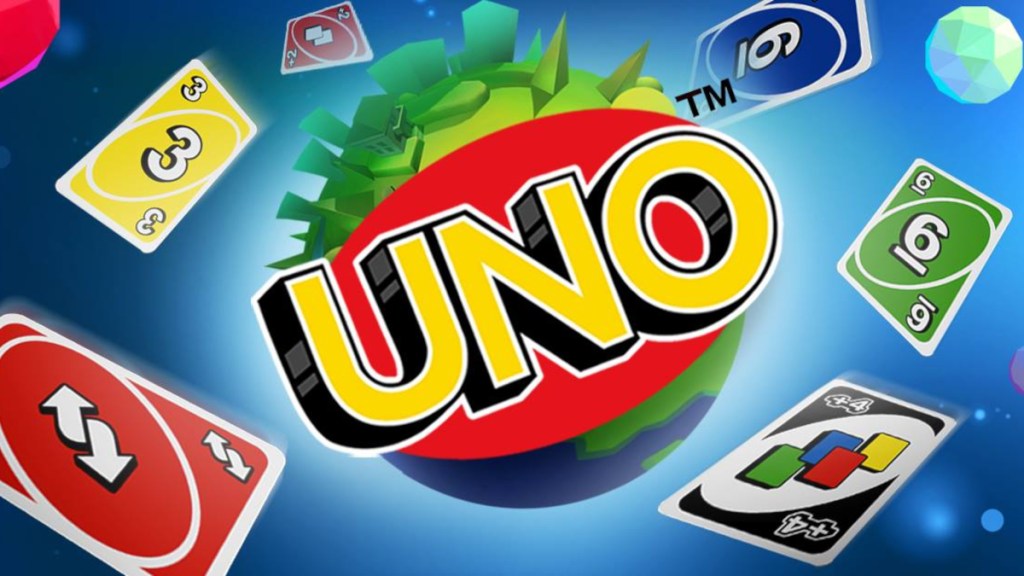
Squid Game had a combination of physically challenging games and smaller strategy games, where athletically disadvantaged players could still thrive. Uno is one of the first card-based games that American kids learn to play, and offers a combination of luck and strategy that would be great for Squid Game.
RULES: Players engage in a card game using a deck in which each card carries a number and a color, with specialty action cards mixed into the deck. Each round, players must try to get rid of their cards by matching either the color or number of the top card within the pot of cards players are dropping, while action cards (“reverse,” “pick two” etc.) can shake up the rotation and gameplay in very unexpected ways. The first player to successfully get rid of all their cards (while making the crucial call of “Uno!” when holding the last card) wins.
Like other games on this list, Uno allows players to form alliances and target other players, or allows a player to quite literally hold cards close to their chest until the most surprising and opportune moment to strike. Luck becomes a factor, as players must draw from a deck that can deliver unpredictable twists of fortune. A setup where groups of four players can only result in one winner immediately creates the kind of episode stakes that viewers won’t be able to turn away from. You’ll never play a game of Uno the same way again afterward.
2) Battleship
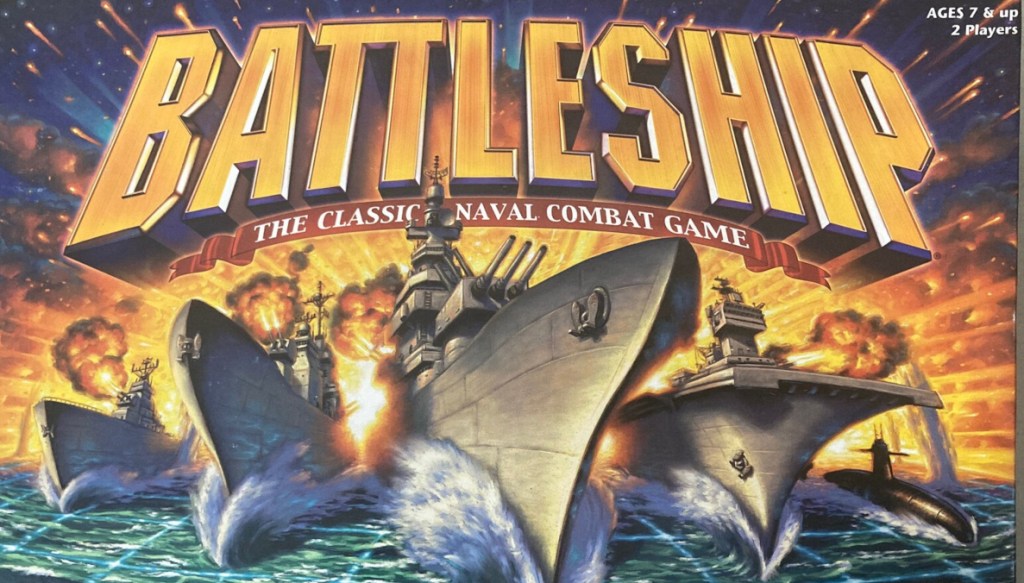
The reality show Squid Game: The Challenge flipped the script by introducing new game concepts, and one of them was a human-sized version of the iconic board game, Battleship.
RULES: Players sit on opposite sides of a board divided by a wall. Each player arranges their naval fleet on the “ocean” of their game grid, which is organized into square sections labeled by a letter and number (G1, E3, F6, etc.). Players take turns calling out “artillery strikes” on a specific square of the opponent’s grid, hoping for a “hit.” The opponent confirms that a hit was either made or not made, allowing the shooter to mark their board with another data point about where enemy ships are, or are not, located. The first player to successfully sink all enemy ships (including the crucial battleship) wins.
It would be a great Easter egg nod to Squid Game: The Challenge to have the US version of Squid Game introduce a lethal version of Battleship as part of its games. The production value of having players on a mini-ocean, aboard mini-warships, blindly firing real ordinance at an opposing team’s boats would be epic. Done right, it could also be a powerful commentary on the ethics of military service and having to bravely perform duty in the face of peril.
1) Mouse Trap
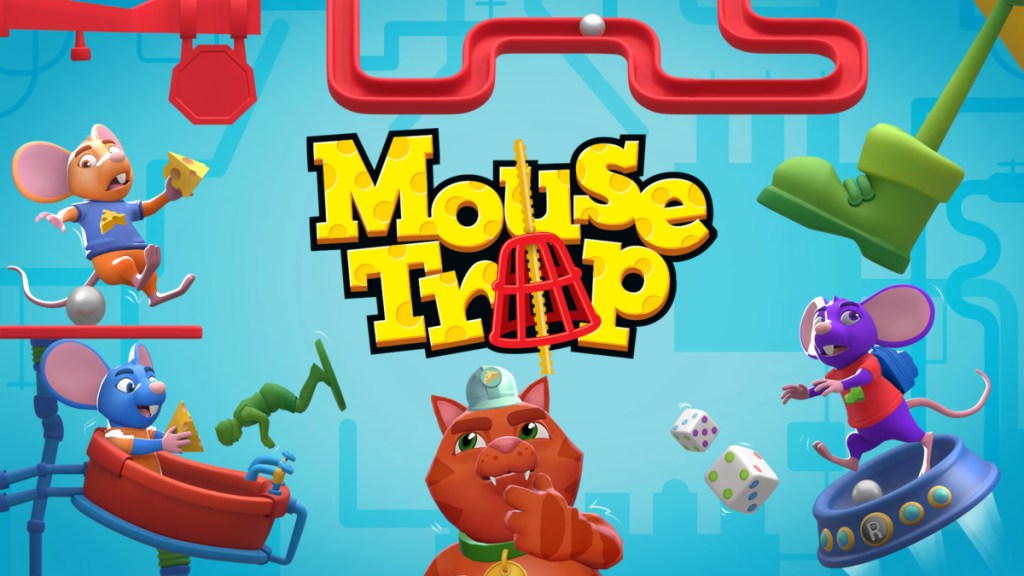
Mouse Trap is a board game developed in the 1960s and is a major staple of many kids’ first experiences with tabletop gaming.
RULES: The game is especially unique in that it first requires players to work together, building an elaborate Rube Goldberg machine that performs various kooky steps of moving a marble ball around. Eventually, the players compete as “mice,” each seeking the prize of a cheese wedge, while using the machine to try and catch their opponents in various “traps” triggered by the machine, thereby eliminating them from the game.
For Squid Game, the game of Mouse Trap could be the American version’s ‘cookie episode,’ or the more recent “Hide and Seek” game from Season 3. That’s to say: one team of players would have to work together to build traps, hoping to catch or kill the opposition, while the “mice” would then have to survive a gauntlet of traps and make it to the end of the game board. If the showrunners capture the Rube Goldberg machine element of how the traps are sprung, it turns a Squid Game version of Mouse Trap into a lethal obstacle course race, where the mice have to dodge each subsequent trap, while the “catchers” would be desperately devising and revising ways to stop them. It would be thrilling on a whole other level.
Squid Game is streaming on Netflix.









